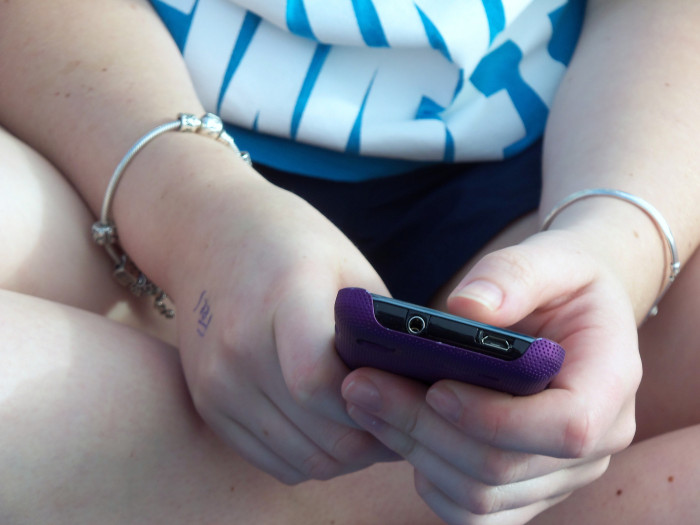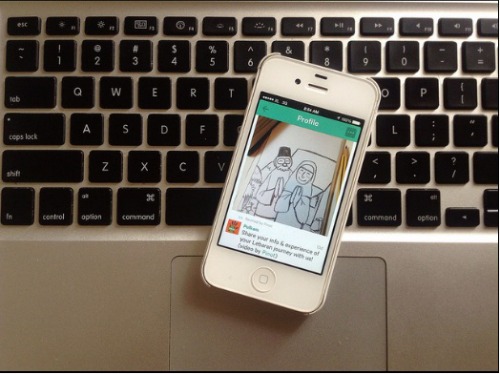These days, it seems that SMS is quickly becoming “so 2013.” Once a mainstay of mobile communication for people of all ages – especially among tweens and teens — SMS or Short Message Service (AKA texting) is becoming secondary to social messaging apps that can be used to text extensively for free, rather than by fee.
According to one article, this year it is projected there will be 21 billion text messages sent as compared to almost 50 billion app-based messages.
Kids in particular are loving messaging apps, and an increasing number of software developers are catering to the upsurge in popularity of apps designed to allow people to message without texting fees.
Below are the top 5 messaging apps most popular with youth around the world that parents should be aware of and understand.
See Also: MamaBear Cell Phone Contract for Kids
- WhatsApp – WhatsApp Messenger, often referred to as the leader of the messaging apps, is used by millions of people worldwide. The Android app allows users to send and receive messages, pictures, audio notes and video messages. Group chat is also available. The first year is free, with a 99 cent annual charge every year after that. WhatsApp works with a user’s phone number, just like SMS, and integrates with an existing phone address book. You can also use the app to share location, exchange contacts, broadcast messages to contacts and more. Facebook agreed to acquire WhatsApp for $16 billion.
- Kik – Kik is another smartphone messenger app. Unlike WhatsApp, Kik requires users to create and log in with a username, as opposed to using a phone number as an identity. According to Kik, this allows users to be “in complete control of who you talk to.” Kik touts itself as being “like a real conversation, where you know when your messages are delivered and read, and when the other person is typing back. This makes your conversations come to life.”
- LINE –Like other messaging apps, there are no limits to the number of messages that can be sent using the LINE app available for multiple operating systems. LINE also allows users to make free voice calls and messages anywhere, anytime. The app also allows users to make video calls. With LINE, users can send messages with icons, photos and location information. The app also includes a timeline feature.
- SnapChat – SnapChat is another popular messaging app for Android that allows users to share messages that include photos or videos (with a caption option), group chat and more. The app was designed to make messages brief and fleeting: users view it, laugh, and then the snap disappears from the screen – unless they take a screenshot! Another unique feature of this app is Snapchat Story, “a living narrative where each Snap lives for 24 hours until it disappears, making room for the new.”
- Viber- Viber allows people around the world to text, call and send photo and video messages with an Android, iOS, Windows devices and more for free. Viber Out can be used to make calls to non-Viber mobile and landline numbers at low rates. Like WhatsApp, on Viber, your phone number is your ID and the app syncs with a phone’s contact list. In addition to basic messaging services, Viber allows groups with up to 100 participants.
As tech trends shift with the winds, it’s crucial for parents to keep tabs on which apps their kids are using. Ask your kids if they are using messaging apps, and if so, which ones they like best. Be aware of how they are using these apps and as always, monitor. Keep an open line of dialog so you can make sure your kids are using messaging apps (and any apps on their mobile devices) safely.
photo credit: Summer Skyes 11 via photopin cc


 When you give your child a smartphone, you give them the world – access to a wide world of information, people and possibilities, anyway. That world can come with a lot of fun and education. But it also comes with a lot of risk. The possibilities are endless, but so are the dangers to your children when they immerse themselves.
When you give your child a smartphone, you give them the world – access to a wide world of information, people and possibilities, anyway. That world can come with a lot of fun and education. But it also comes with a lot of risk. The possibilities are endless, but so are the dangers to your children when they immerse themselves. Choosing the right family safety app isn’t easy. There are a number of great options on the market today providing parents some peace of mind. MamaBear App and Life360 are two top choices many families consider. While both apps have similar features when it comes to monitoring a child’s location using a smartphone or other mobile device, there are some key differences between the apps. Let’s discuss what makes MamaBear and Life360 similar and different.
Choosing the right family safety app isn’t easy. There are a number of great options on the market today providing parents some peace of mind. MamaBear App and Life360 are two top choices many families consider. While both apps have similar features when it comes to monitoring a child’s location using a smartphone or other mobile device, there are some key differences between the apps. Let’s discuss what makes MamaBear and Life360 similar and different.